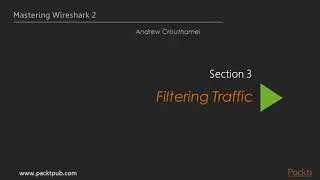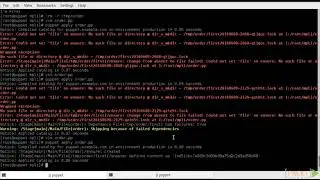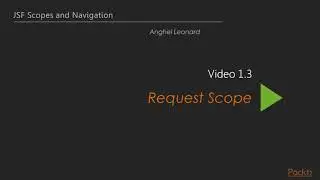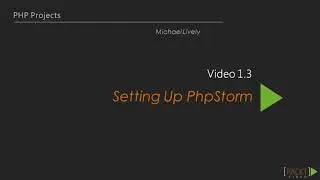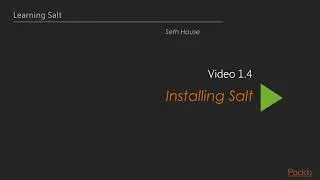Mastering Wireshark 2
Secure your network with ease using the all new Wireshark 2
Harness the power of live capturing, offline analysis, and deep inspection of multiple protocols
An ultimate tutorial on mastering a visually rich and powerful network analyzer
Learning
Understand what network and protocol analysis is, and how it can help you
Use Wireshark to capture packets in your network
Filter captured traffic to only show what you need
Find out about useful statistics displays to make it easier to diagnose issues
Customize Wireshark to your own specifications
Analyze common network protocols and common network application protocols
About
Wireshark is a popular and powerful tool used to analyze the amount of bits and bytes that are flowing through a network. Wireshark deals with the second to seventh layer of network protocols, and the analysis made is presented in a human readable form.
Through this video, you will gain expertise in securing your network using Wireshark 2. At the start of the video, you will be taught how to install Wireshark, and will be introduced to its interface so you understand all its functionalities. Moving forward, you will discover different ways to create and use capture and display filters. Halfway through the video, you’ll be mastering the features of Wireshark, analyzing different layers of the network protocol, and looking for any anomalies. You will also learn about plugins and APIs.
As you reach to the end of the course, you will be taught how to use Wireshark for network security analysis and configure it for troubleshooting purposes.
Style and Approach
This step-by-step tutorial on Wireshark 2 starts with capturing and filtering traffic and follows with analysis and statistics, as well as all the new features of Wireshark 2.
Installation and Setup
The Course Overview
Installing Wireshark on Windows
Installing Wireshark on Mac and Linux
Getting Started
What’s New in Wireshark 2?
Capturing Traffic
Saving and Exporting Packets
Annotating and Printing Packets
Remote Capture Setup
Remote Capture Usage
Filtering Traffic
BPF Syntax
Capture Filters
Display Filters
Follow Streams
Advanced Filtering
Customizing
Preferences
Profiles
Colorizing Traffic
Colorizing Traffic (continued)
Statistics
TCP/IP Overview
Time Values and Summaries
Trace File Statistics
Expert System Usage
Introductory Analysis
DNS Analysis
ARP Analysis
IPv4/6 Analysis
ICMP Analysis
Network Protocol Analysis
UDP Analysis
TCP Analysis I
TCP Analysis II
Graph I/O Rates and TCP Trends
Application Protocol Analysis I
DHCP Analysis
HTTP Analysis I
HTTP Analysis II
FTP Analysis
Application Protocol Analysis II
Email Analysis
802.11 Analysis
VoIP Analysis
VoIP Playback
Command Line Tools
Running Wireshark from Command Line
Running Tshark
Running tcpdump
Running Dumpcap
Troubleshooting Scenario
Wireshark Plugins
Determining Where to Capture
Capturing Scenario Traffic
Diagnosing Scenario Traffic








